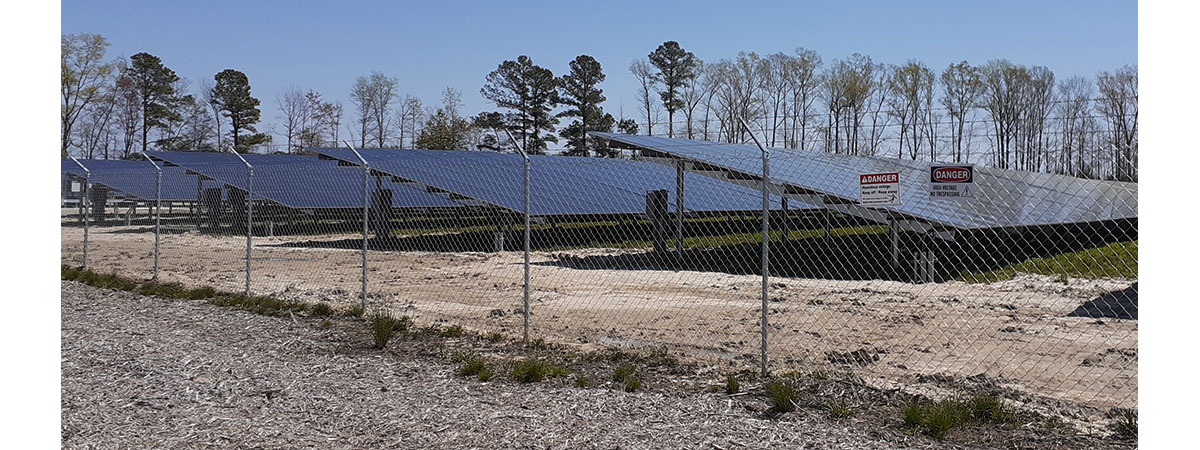
Good morning, New Bern Now readers. This is your Wednesday briefing.
Weather
It was, believe it or not, a little chilly yesterday … the last gasp of fall?
Today it will be sunny, with a high near 77. Light southeast wind becoming south 8 to 13 mph in the afternoon. Winds could gust as high as 20 mph.
Tonight there will be a chance of showers and thunderstorms before 11 p.m., then showers likely and possibly a thunderstorm between 11 p.m. and 2 a.m., then a chance of showers after 2 a.m. Mostly cloudy, with a low around 62. Southwest wind 6 to 13 mph, with gusts as high as 16 mph. The chance of precipitation is 60%. New rainfall amounts of less than a tenth of an inch, except higher amounts possible in thunderstorms.
Thursday there’s a chance of showers, mainly before 2 p.m. Mostly cloudy, with a high near 72. West wind 7 to 9 mph. The chance of precipitation is 30%. New precipitation amounts of less than a tenth of an inch possible.
Thursday night, it will be partly cloudy, with a low around 47. Northwest wind around 8 mph.
The weekend so far looks to be sunny and pleasant.
The New Bern Now Calendar
- Friday, April 16: Drive-In Screening of “No Small Matter” Film, gates open at 7 p.m. at Lawson Creek Park. Presented by Craven Smart Start.
- Saturday. April 17: Stuff The Truck, 9 – 11:00 a.m. at Taberna – at the Tennis Court. Presented by Habitat for Humanity of Craven County. Call 252-633-5512.
- Saturday, April 17: Discover Tryon Palace: Outlander – The Spark of the Rebellion, 9:15 – 10 a.m. at the Palace Gates. Call 252-639-3524.
This Day in History
(via North Carolina Department of Natural and Cultural Resources)
On April 14, 1942, the destroyer USS Roper sank the German submarine U-85 off the Outer Banks between Wimble Shoals and Cape Hatteras.
By January 1942 as many as 19 German U-boats patrolled the Atlantic coastline on any given day, with two or three hiding at Diamond Shoals at any given time to attack ships as they rounded Cape Hatteras. At the height of what is now called the Battle of Torpedo Junction, the Germans were sinking a ship nearly every day; between freighters, tankers and passenger ships the losses were tremendous.
At the same time, the American military was learning how to detect and defeat the U-boats. The first hit was on U-85. Navy divers surveyed the area near the wreck and attempted to salvage the ship, but efforts were not successful. Since men were needed elsewhere, the submarine was left to the elements.
The wreck was explored by recreational divers for many years. In July 2001, divers salvaged the submarine’s Enigma machine. The Germans used the complex coding device for secret communications, especially for divulging locations of enemy vessels and supply convoys.
Although it is still being conserved, the stable parts of the machine are on display at the Graveyard of the Atlantic Museum in Hatteras.
On April 14, 1861, a militia company from Beaufort, acting on its own, boated over to Fort Macon, near Atlantic Beach, and seized the fort in the name of the state from a lone Union army caretaker.
Only two days after the firing on Fort Sumter, North Carolina had not yet left the Union to join the Confederate States of America. By the time North Carolina did secede on May 20, Fort Macon was securely in state hands with hundreds of Confederate soldiers making it ready for war. Over the next year, the fort was armed with 54 heavy cannons.
However, the Confederacy did not manage to hold the fort for long. In April 1862, after an extended siege led by Union Brig. Gen. John G. Parke, Fort Macon’s Col. Moses J. White surrendered the garrison to Union forces. The fall of Fort Macon closed the port of Beaufort to the Confederacy. The seizure was part of the Burnside campaign which saw much of coastal North Carolina, including New Bern, fall into Union hands.

